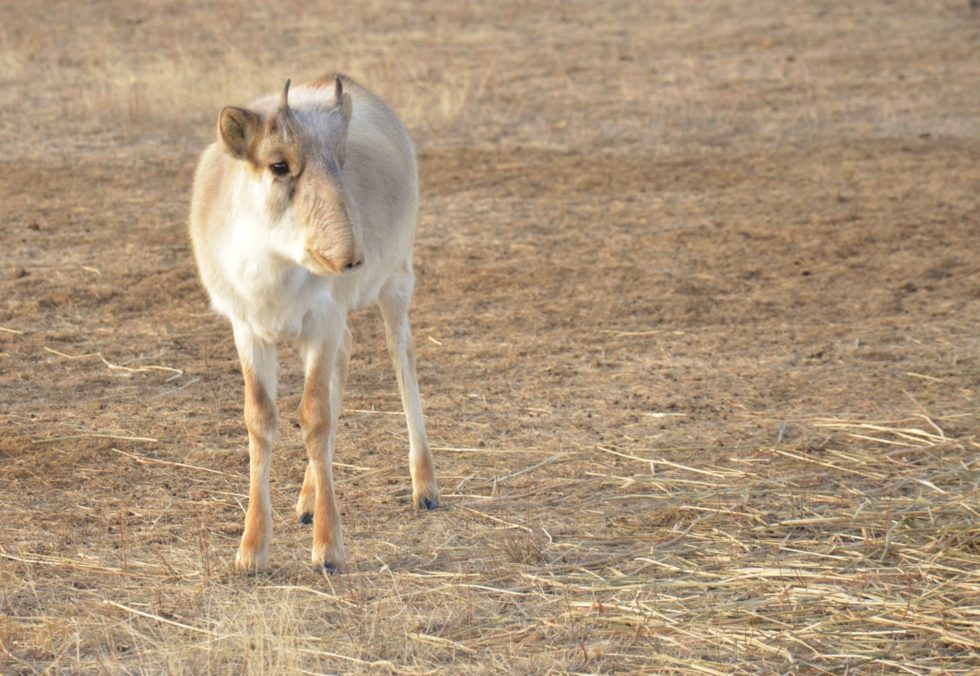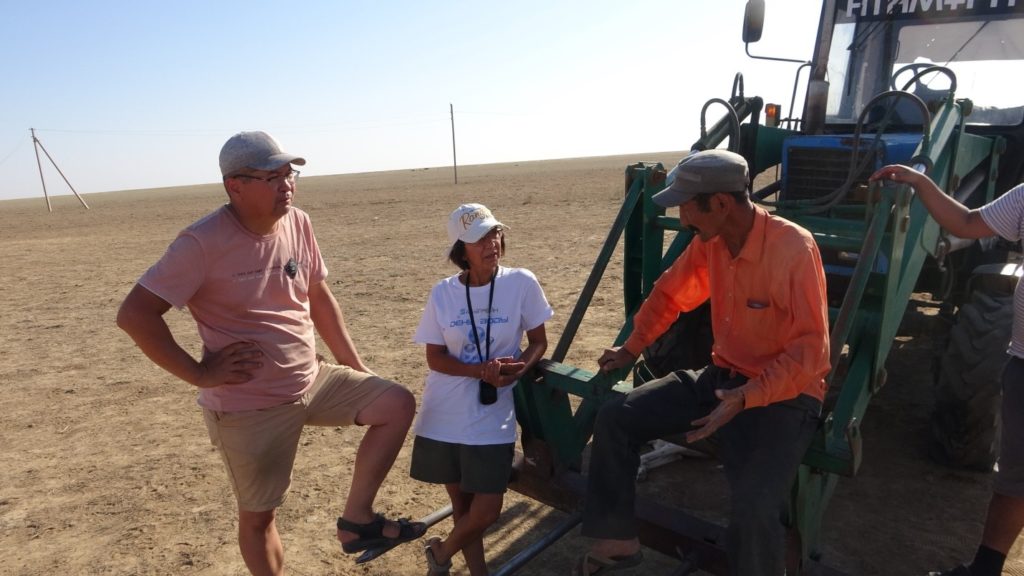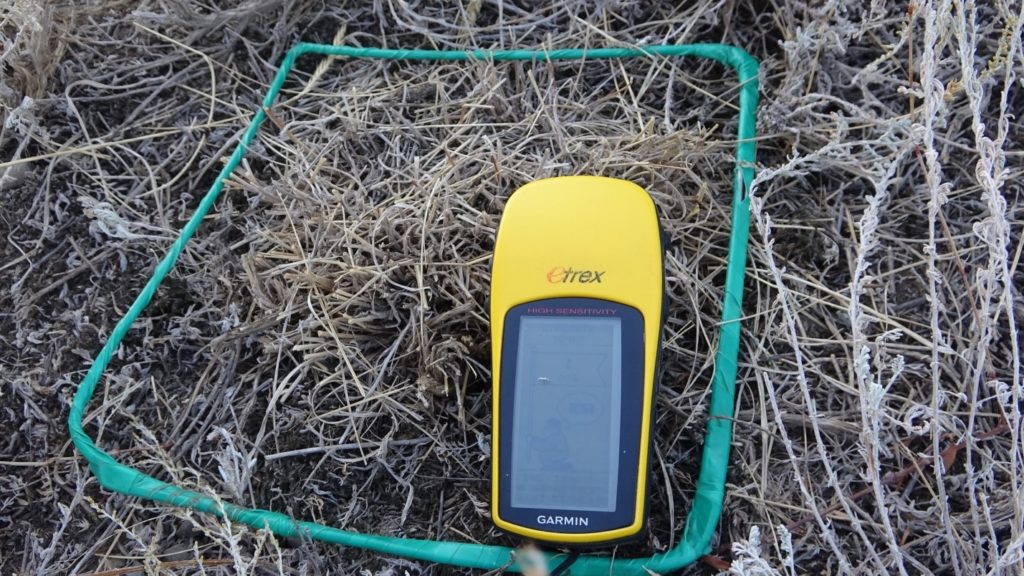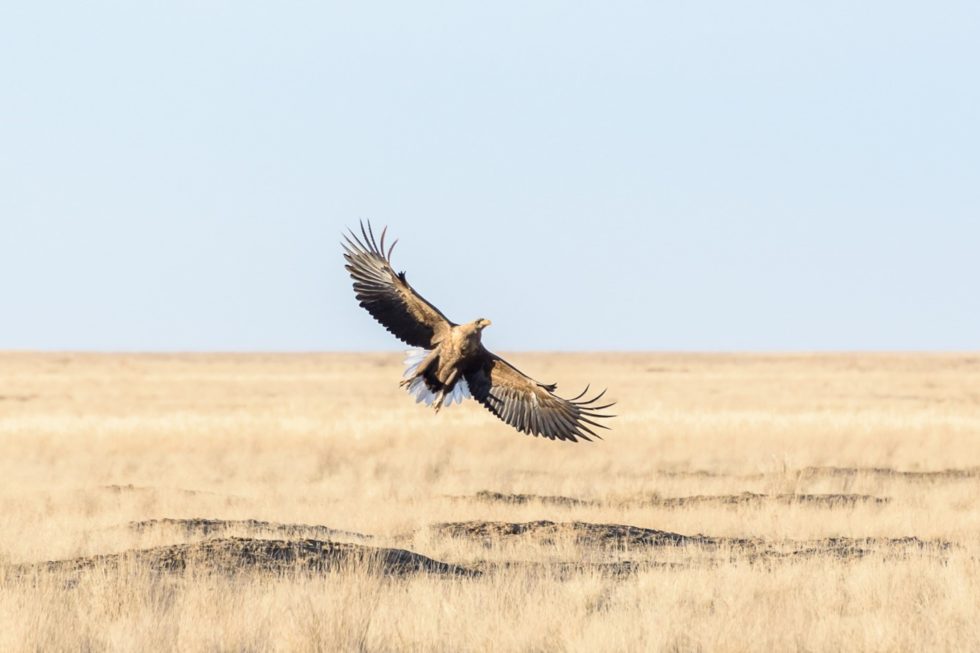As the SCA’s annual awards programme returns in 2023 – read more about the full programme – we look back on 10 years of the programme and understand the impact on international networking and capacity building.
Small Grants Programme is one of those awards. Through SGP we aim to build capacity among SCA members for more effective conservation, through our Small Grants Scheme and information-sharing.
Small Grants Programme is now open – Applications are being accepted till April 10 – Download the application form
In this case study we look at 2021 SGP winner, Kazakh, Mikhail Shpigelman’s, “Friendly neighbourhood with steppe antelope”

Mikhail told us, ‘I am very grateful to the Alliance for the grant provided. This grant is very important for me, as it will allow me to do an important job in the conservation of the unique steppe antelope.’ He was kind enough to write a blog for SCA in Jan 2021, and deliver a final report, which has been edited for the public below.

Saiga conservation is not possible without preserving its biotope. Therefore, it is important to study the territory where it lives. The steppe as a biocenosis has an important characteristic – productivity, which decreases every year due to anthropogenic impact (mainly overgrazing of agricultural animals).
Within the framework of the project, we wanted to study the productivity of the steppe, the number of agricultural crops on the transect where animals migrate throughout the year in this territory, and the number of saigas submitted by the gaming agencies. This information will show whether there is a reserve for increasing the saiga population, as well as help to develop recommendations for resolving the conflict between farmers and saigas. I would like to note that saiga is a key species in the steppe ecosystem. By protecting it and its biotope, we contribute to the preservation and increase of the population of other animals also associated with the steppe biotope. The steppe is the most vulnerable ecosystem and the most severely affected by human impact.

Our observations showed that in the 2022 growing season, there were no signs of competition between saiga and livestock, for grass in the main areas they usually spend summer. High density of the livestock has traditionally been observed only in places where livestock is traditionally concentrated. Where it has been going on for decades. It should be taken into account that in 2022 there was an abnormally wet May, which led to high bioproductivity for grass several times higher than the norm. This was especially true of the viviparous bluegrass, which promptly responded to the May humidity and occupied almost all land in Kastalovka and Aralsor. In a normal year, according to our forecasts, the competition of saiga and livestock for grass is low, but competition is possible in dry years.

Our studies have shown and confirmed the assertion that saigas concentrate around sors (partly submerged valleys with salt) during summering in the main part of their range. This may be due to three reasons. First, presence of fresh watering holes due to anthropogenic ponds on the beams flowing into the sors (this year, almost all beams are filled with water). There is enough water for cattle, horses, saigas. Second, Saigas feel safe on the flat, devoid of vegetation surfaces of the sors, having a perfect view. The combination of proximity to a watering hole and a safe resting place with perfect visibility is perhaps even more important than a good pasture. Watering with rest may be a priority when food is available, or perhaps the same strategy is used in a feed crisis to conserve energy. Third, mineral salts for nutrition. The need of ungulates for salt licks is well known. In the taiga, all ungulates are concentrated around salt licks.
The constant presence of the saiga around natural areas with anthropogenic water sources suggests the revival of the saiga landscape. The saiga is already becoming a landscape-forming species, it is not only constantly in sight (according to A.A. Chibilev, a moving steppe), but also contributes to an increase in biological diversity, primarily an increase in the resources of birds of prey.
During our expeditions, in late autumn, we observed up to 40 white-tailed eagles near the saigas. The white-tailed eagle is a rare species on the red list; after the nesting period, the eagle becomes a polyphagous eagle, therefore weak, sick, and dead animals become its prey. Thus, an increase in the saiga population contributes to an increase in the population of other animals. In addition to the white-tailed eagle, in this area, there are rare bird species listed in the red list, such as steppe eagles and burial grounds.

Small Grants Programme is now open – Download the application form
